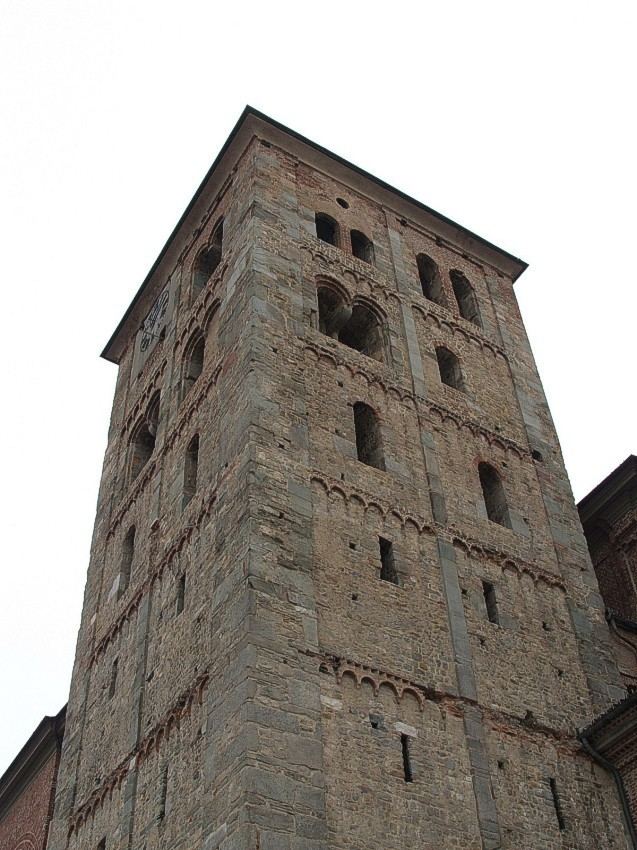Phone +39 011 988 0187 | ||
 | ||
Similar Castle of Agliè, Vezzolano Abbey, Sacro Monte di Belmonte, San Nicola, Royal Palace of Racconigi | ||
Fruttuaria is an abbey in the territory of San Benigno Canavese, about twenty kilometers north of Turin, northern Italy.
History
The abbey was founded by Guglielmo da Volpiano. The first stone was laid 23 February 1003, consecrated by Ottobiano, bishop of Ivrea, in the presence of Arduin, marchese d'Ivrea and King of Italy, and his consort Berta. The monastery was completed in 1006-1007 and followed the Benedictine rule as reformed at Cluny. There Arduin retired to die (December 1015). In 1027 a bull of Pope John XIX placed the abbey and all its lands under direct papal supervision.
The greatest splendor of the abbey of Fruttuaria was in the 12th and 13th centuries when it minted its own coin. In 1265 the abbey possessed eighty-five churches in Italy alone, as well as four comunes, the quattro terre abbaziali of San Benigno Canavese, Montanaro, Lombardore and Foglizzo. Other possessions lay in France and Austria. Some 1,200 monks inhabited the monastery.
In the 14th century, decline set in, culminating in 1477 when the monks lost their privilege of naming the abbot. Nominating an absentee abbot in commendam and a vicar to represent him at the site was thenceforth a papal perquisite. In 1585 Pope Sixtus V suppressed the monastery, substituting in its buildings a college of secular priests. The last monk died in 1634.
In 1710 troops of Victor Amadeus II, duke of Savoy, occupied the terre abbaziali, an occupation that lasted until 1741 and only ended with papal renunciation of all territorial control.
In 1749, a new abbot held Fruttuaria in commendam, Carlo Vittorio Amedeo delle Lanze, who in 1770 razed the remains of the Romanesque church and monastery, save the campanile, and erected a new church in their stead, to Late Baroque classicizing designs by Bernardo Antonio Vittone and Mario Quarini.
In 1979, work involved in installing heating brought to light an 11th-century mosaic representing two griffons. Excavations have revealed the foundations of the Romanesque church. Restorations were concluded in May 2004.
